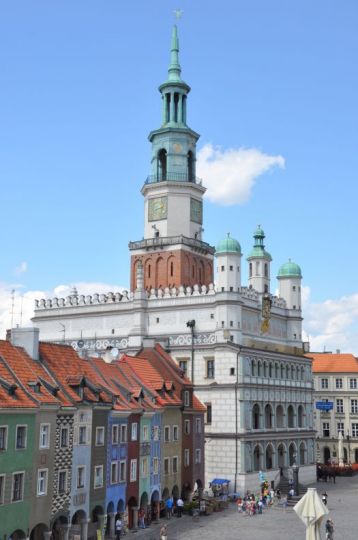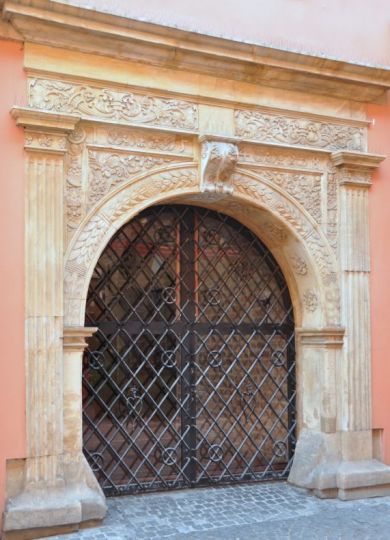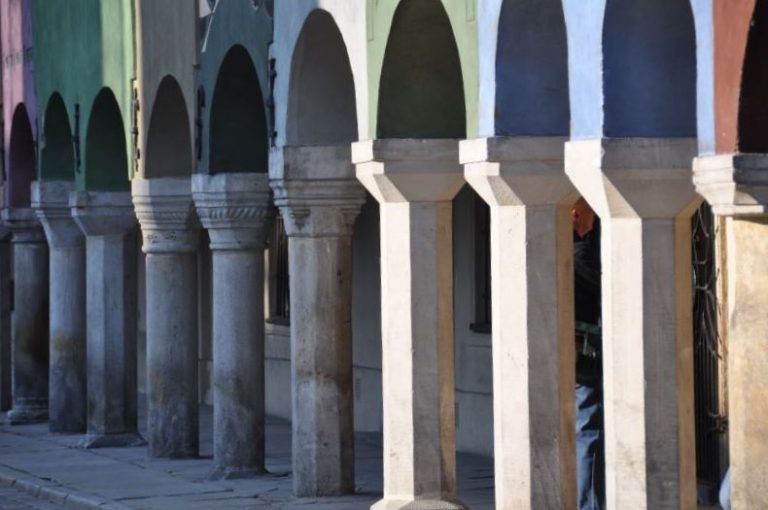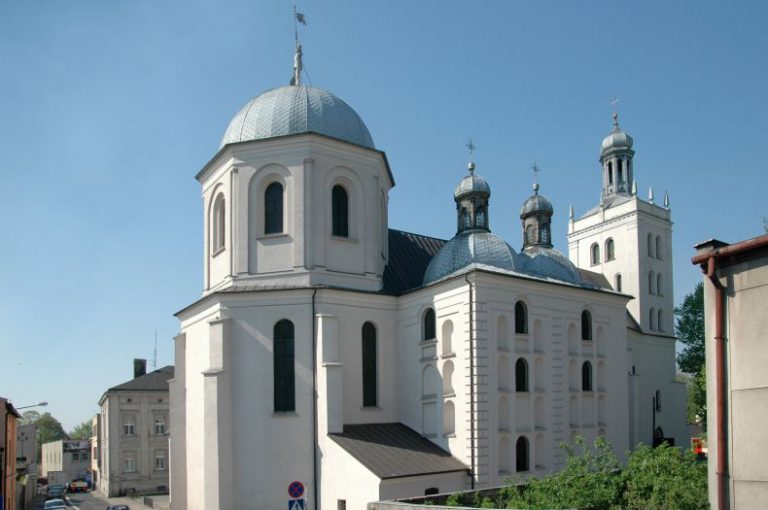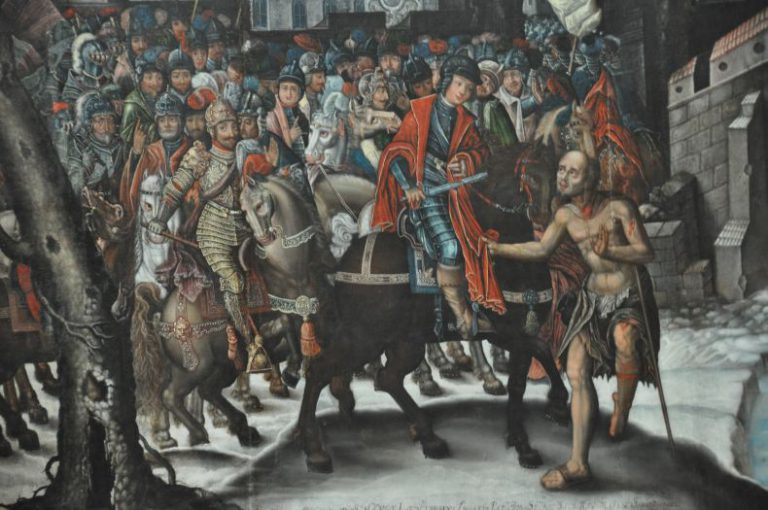The renaissance (French for “rebirth”) was the artistic period that followed the Gothic period. The term was coined by Giorgio Vasari, the 16th century Italian painter and sculptor who pioneered the study of art history. The period is characterised by the resurgence of people as individuals and the revival of the ancient ideal of beauty in art.
Zygmunt I Stary (Sigismund I the Old) introduced the renaissance to Poland. Italian architects, sculptors, poets and musicians came to Poland after his accession to the throne and marriage to Bona Sforza. In architecture, the Polish renaissance spans the years 1500-1650 and can be divided into three periods of approximately 50 years each.
The mausoleum of Abp. Jana Łaski, built in 1517-1523, was the first chapel to St. Stanisław in Gniezno. It was a brick rotunda with three apses. The Górka family palace in Poznań – an urban baronial residence – has a similar foundation. A traditional feudal manor and a renaissance courtyard are combined in the one building.
The Poznań Town Hall is the most illustrious renaissance edifice in Wielkopolska and one of the most beautiful in Poland. It occupies the site of an earlier Gothic building and was built by Giovanni Battista di Quadro from Lugano in 1550-1560. The artist designed the front elevation as a three-level arcaded loggia and crowned the building with an attic whose three towers were a reference to the defensive wall.
In front of the Poznań Town Hall stands a pillory – one of very few left in Europe – from 1535. Its Latin inscription tells us that its construction was financed by fines the city council had imposed on serving wenches for dressing too sharp. Offenders were stigmatised and given the lash under a statuette of a hangman.
The small octagonal sepulchral chapel built on to the south wall of the presbytery of the Środa Wielkopolska Collegiate Church in 1598-1602 is an extraordinarily interesting sacred relic.
This period was also characterised by increasingly ostentatious sepulchral monuments. The compositions of Hieronim Canavesi, an Italian artist who worked in Cracow, epitomise the application of Italian style to Polish tradition. The tombs of Bp. Adam Konarski and Andrzej and Barbara Górka in Gniezno Cathedral, both dated 1574, are his work, as is the monument to the Grand Treasurer of the Crown Jakub Rokossowski (d. 1580) in the Szamotuły Collegiate Church. Canavesi’s work is characterised by the elegant poses of his subjects and his realistic depiction of facial features and details of costumes. The sculptor’s interplay of colours was achieved by utilising multicoloured marble and sandstone.
The work of Poland’s foremost renaissance sculptor, Jan Michałowicz, represents a departure from the style of Canavesi. It is highly decorative and makes use of floral ornamentation. The pictorial impact is accentuated by the various colours of the material combinations employed for sarcophaguses, architecture and decoration. The tomb of Bp. Benedykt Izdbieński (d. 1553) in Poznań Cathedral is the work of this artist.


